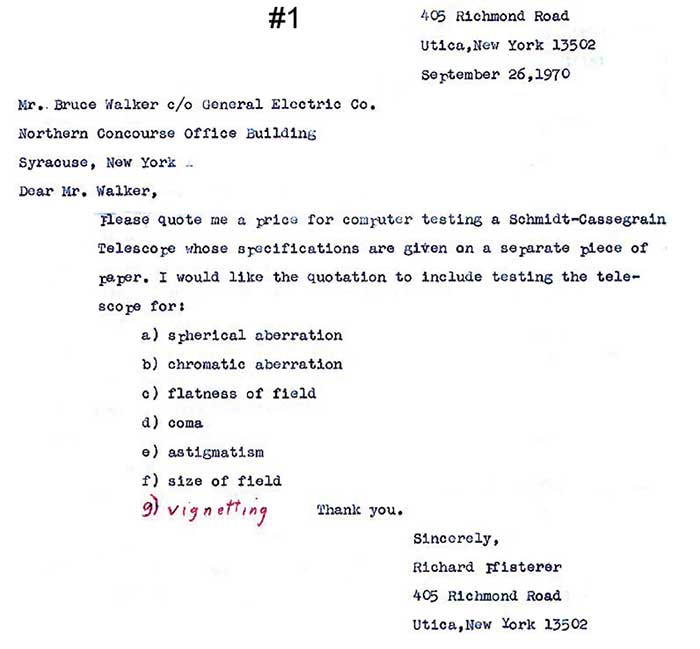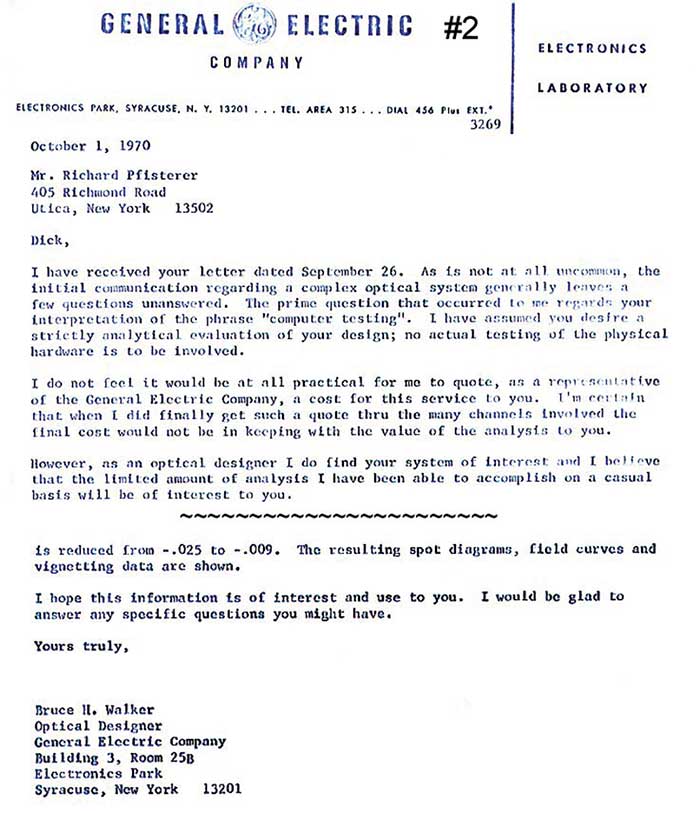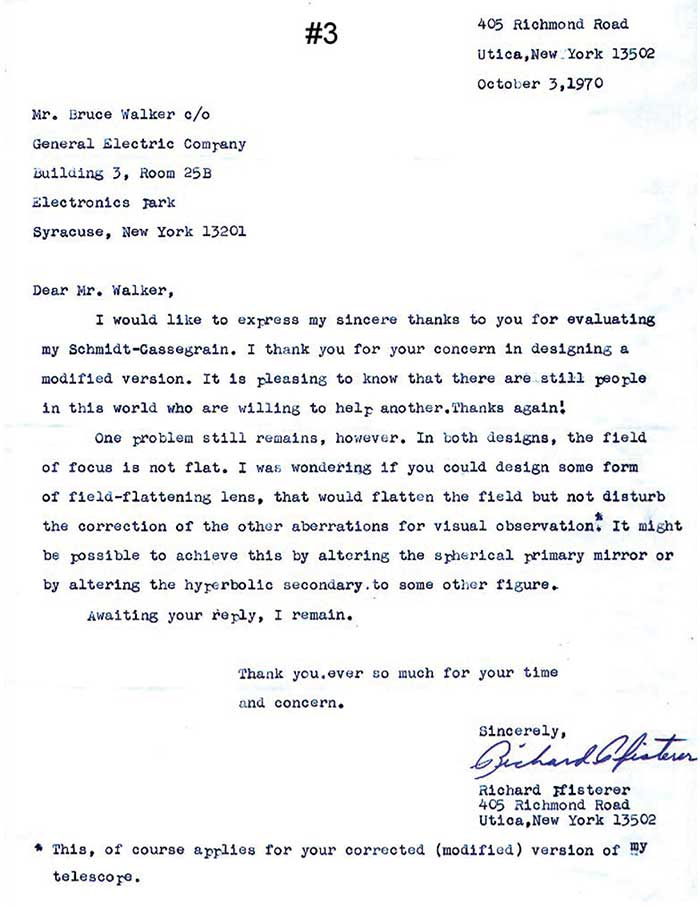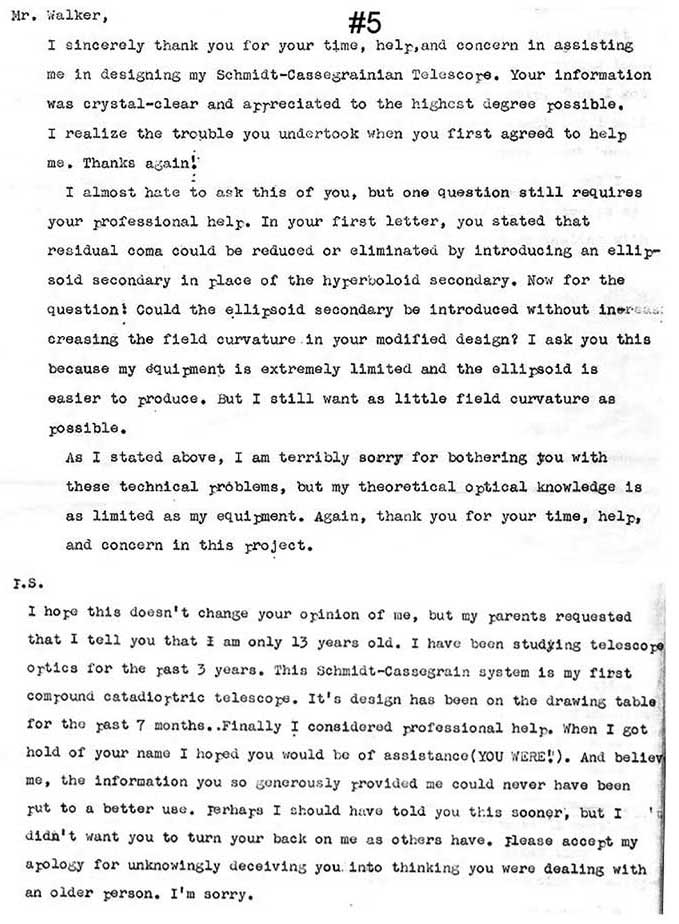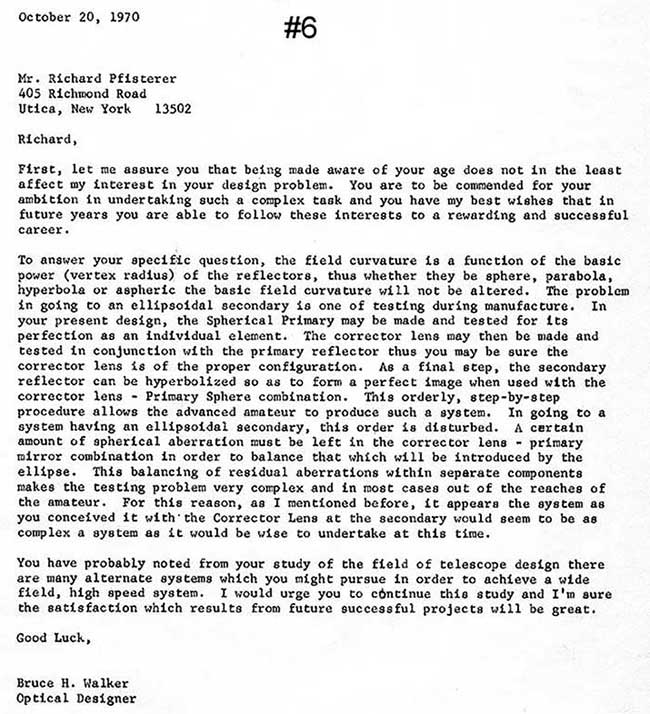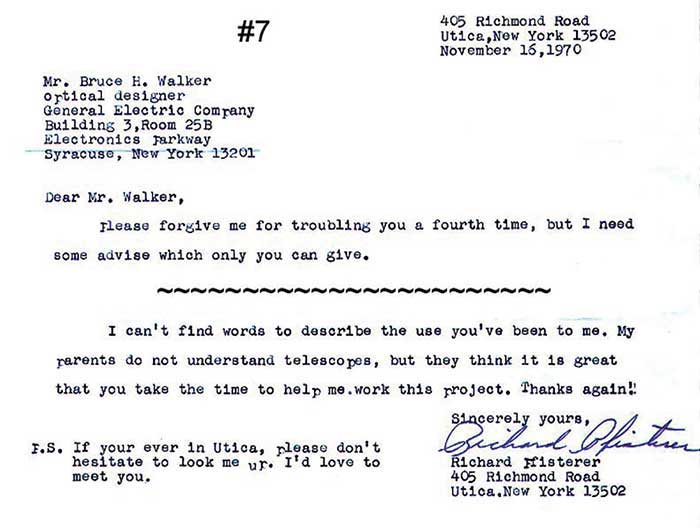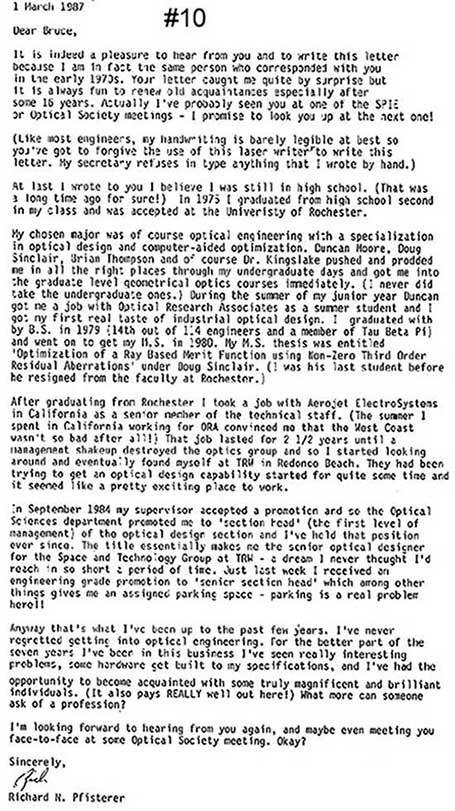Forty-seven years ago, a 13-year-old boy with a passion for astronomy was looking for information about testing his telescope design for aberrations. He wrote a letter to an up-and-coming optical lens design engineer working at GE, Bruce Walker, who shared his expertise in a series of letters over the years. Here, Walker and Rich Pfisterer — the teenager he mentored — share their recollections of that fateful correspondence. Pfisterer is president of Photon Engineering. Walker is planning to retire at the end of 2017 after a lengthy career in optical engineering and lens design.
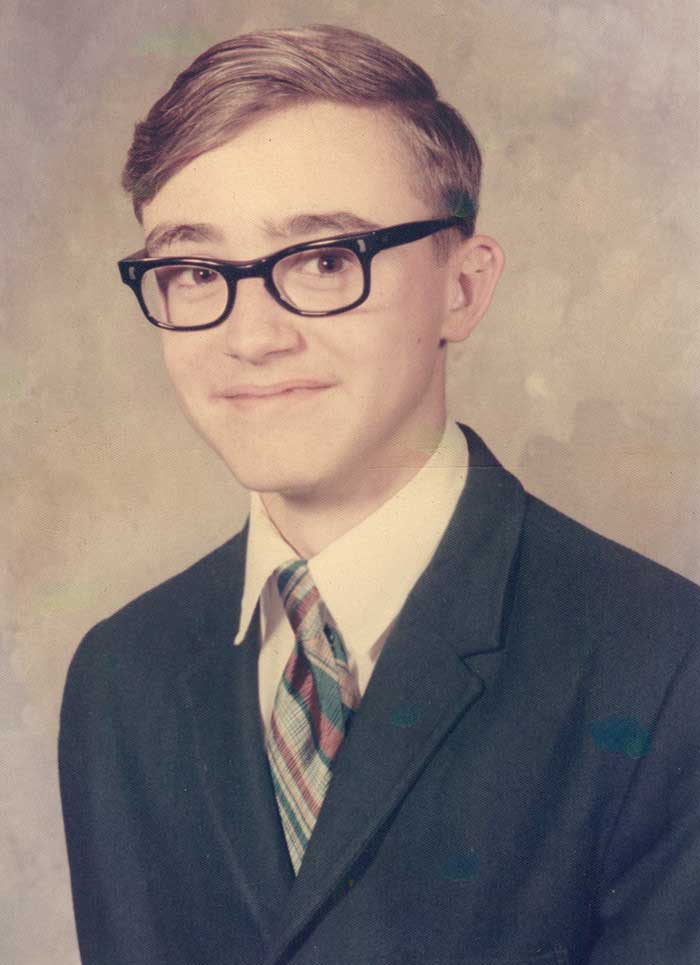
Richard Pfisterer in a photo taken in the early 1970s. Courtesy of Richard Pfisterer.
Q: Rich, take us back to 1970. You were a 13-year-old boy with a Schmidt-Cassegrain telescope interested in testing the instrument for aberrations. Sophisticated stuff for a relatively young boy! What prompted your interest in telescopes and optics in the first place?
Pfisterer: Like so many people in optics, I was initially interested in astronomy. The television show “Star Trek” was a significant influence when I was younger and my interest in astronomy grew from there. At 12 years old, I got a subscription to Sky and Telescope magazine, and that opened up all kinds of new horizons —NASA, the space program, different types of telescopes. At that time, most amateurs built their own telescopes and so there were lots of advertisements for mirror blanks, lens blanks, tubes, eyepieces and other telescope parts. Over time I found myself paying more attention to the articles on telescope making and less on astronomy. Our local library had back issues of Sky and Telescope and so whenever I found a reference to telescope design, I’d request a copy, and that’s how I got introduced to different optical designs.

The cover of Sky and Telescope, February 1970. Courtesy of ©1970 Sky and Telescope. Used with permission.
About that same time, Sky and Telescope issued a compilation of Maksutov telescope articles that had been published over the years, including Maksutov’s original 1944 OSA article. I understood very little — I had not taken algebra — but I was hooked, and my interest in astronomy definitely took a back seat to optics.
Q: What prompted you to reach out to an optical engineer at GE whom you’d never met before in search of advice?
Pfisterer: Back then, Sky and Telescope had a column called “Gleanings for ATMs” that was run by the late Robert Cox. In my research at the library, I ran across an article by noted lens designer Dick Buchroeder on catadioptric relay telescopes. This design had probably a dozen lenses in it and used different glasses. I had never seen anything like this! Wow! Lens systems could get really complex!
The address of the author was at the end of the column, so I sent Dick a letter introducing myself and asking a series of questions. The letter came back “recipient had moved” and so I sent Robert Cox the same letter I had sent Dick. Kindly, Robert responded but said that he was not qualified to answer the questions but suggested that I contact Bruce Walker at GE, and he gave me Bruce’s address.
I sent the same letter to Bruce. When I received a letter back, there were several people at my home who were shocked! I was shocked to receive a rather lengthy discussion that assumed I knew something about optics, and my parents were taken aback that a busy professional would take the time to answer a letter from a 13-year-old.
If my memory is correct, I sent Bruce approximately five to six letters and he took the time to answer them. On more than one occasion, he attached some printout from a lens design computer program, and then I was hooked on another aspect of optics: optical calculations.
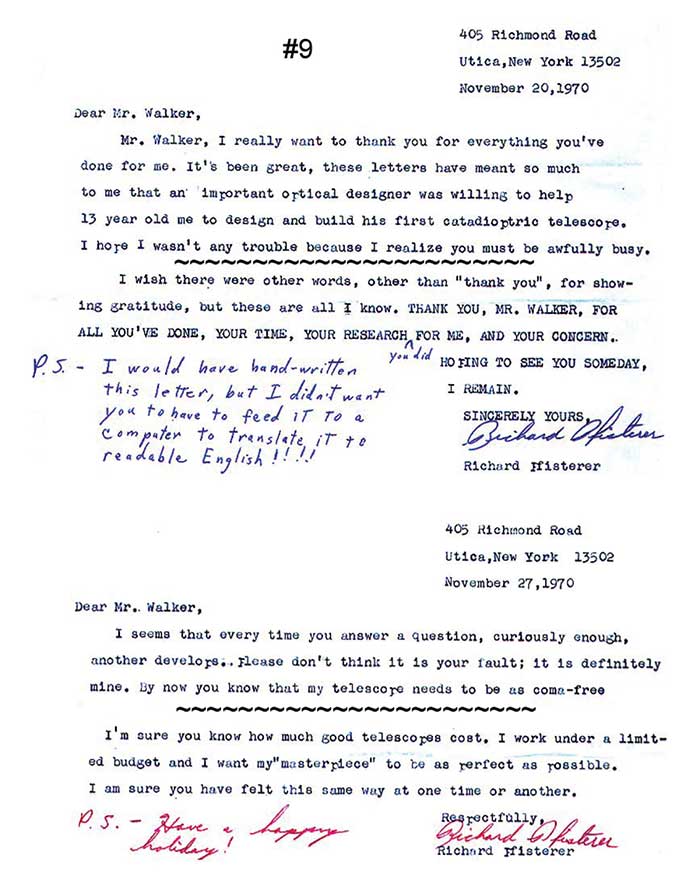
“Mr. Walker, I really want to thank you for everything you’ve done for me. It’s been great, these letters have meant so much to me that an important optical designer was willing to help 13-year-old me design and build his first catadioptric telescope.”
Walker: In 1970 I was in an exciting stage of my early years as an optical lens design engineer at GE in Syracuse, N.Y. One day I received an interesting letter from an amateur astronomy enthusiast from nearby Utica, N.Y. He requested a proposal from GE to provide optical engineering support on his telescope lens design. I responded to that letter, which resulted in an exchange of information between Rich and me. Only after several letters did I learn from Rich that he was then a 13-year-old high school student. I was both surprised and impressed — and was glad to be able to continue trading letters with him.
Q: Bruce, when you heard from Rich, you’d been an optical engineer for close to a decade. What were your recollections on receiving that first letter from Rich? Did you have any sense of how old the author was?
Thinking back, I wonder what my response would have been had I known initially that Rich was so young. I believe that my response would have been the same.
Q: In his subsequent letters, Rich conveyed a deep appreciation for you writing back to him. Did you feel a sense of responsibility in guiding this young man who’d sought your help?
Walker: After a few letters, including the “confession of youth” letter, I’m sure that I was feeling more responsible to guide and to help this talented young student. This was driven by our shared interest in optical engineering.
Q: Rich, as you think back about your letter exchange with Bruce over the years, what impact did that connection have on your future choices related to education and career?
Pfisterer: There is no doubt that my correspondences with Bruce were life-changing. Until Bruce started answering my questions, optics was unfathomable; he made it tangible. After all, he was a professional and did this for a living. Optics wasn’t a mystery — it was science and engineering. If I applied myself and went to the right college to study optics, I could do this too. At the time, the University of Rochester had the only undergraduate degree program in optics in the country and so it was the only college I wanted to apply to.
Q: What advice would you give those in high school or college who may be interested in optics as a career?
Pfisterer: Reach out! Find those who are doing what you want to do and contact them. This is a lot easier to do now than it was when I was 13 years old. Now we have social media and the internet. Tell them your story, your interests, your ambitions! I have found that most of the people in optics are extraordinarily generous with their time and their wisdom.
Q: Same question for you Bruce. What advice would you give?
Walker: Make direct contact with the local optical industry representatives. Visits by those in the industry to schools will help them reach curious students.
Q: Bruce, you had a mentor early in your career. Tell us about him.
Walker: I met Donald Kienholz in 1960 when I joined the engineering department at GE in Pittsfield, Mass. I worked as a technician, working with Don,
who was a senior mechanical engineer. I learned that Don was studying, on his own, the topic of optical engineering and lens design.
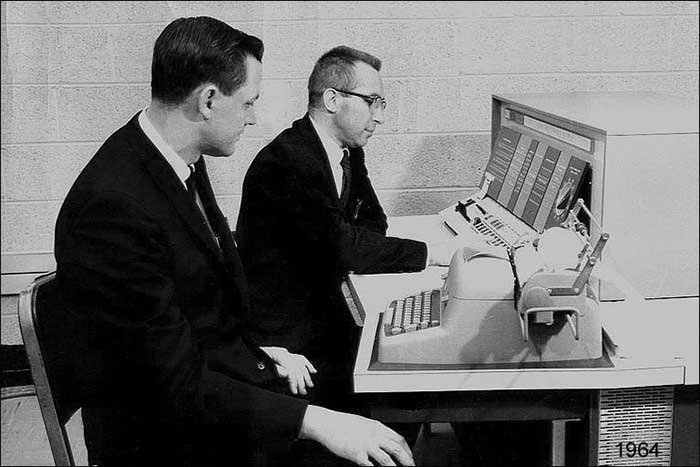
Bruce Walker (left) sits next to his mentor, Donald Kienholz, in 1964. Courtesy of Bruce Walker.
In 1962 GE decided to move the optical engineering department from Pittsfield to Scranton, Pa. I needed to decide between staying in Pittsfield, working on the Polaris Program, or moving to Scranton to work with Don. Don discussed the pros and cons with me, which led me clearly into the field of optical engineering and lens design.
For the first years together Don led and encouraged me. In 1964 Don was sent by GE to the University of Rochester to pursue his master’s degree
in optical engineering. In 1966 Don returned to the company, with his degree focused on zoom lens optical design.
We would work together for the next four years until, in 1970, GE decided that the optical engineering department would be eliminated. It was time for us to move into the optical industry — Don as an independent consultant and a new position for me elsewhere.
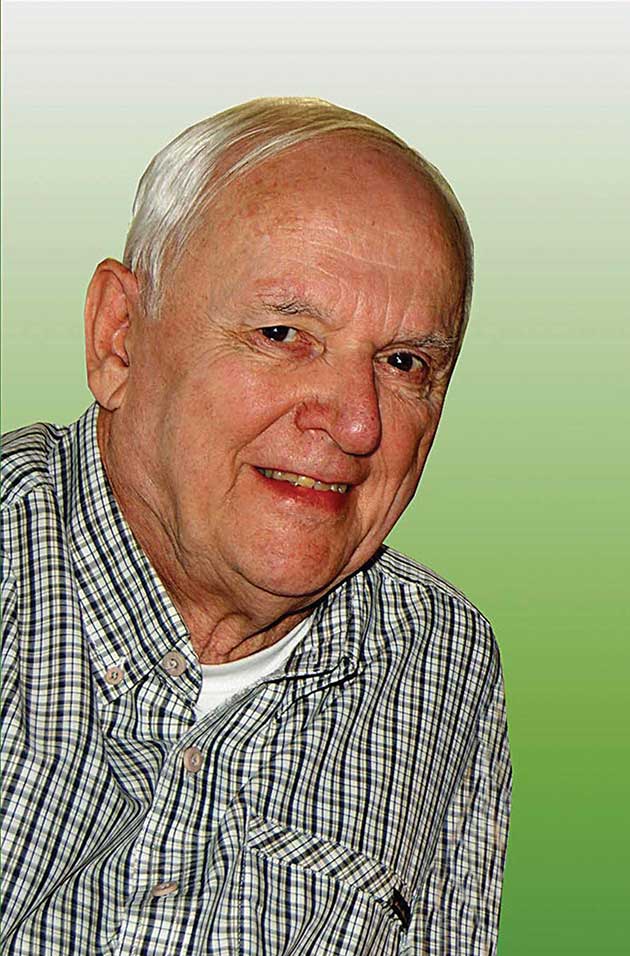
Bruce Walker today. Courtesy of Bruce Walker.
Don and I, and our families, remained close friends, both living nearby in New England. For the next 20 years Don continued to work successfully as a consultant, while I found that Don would always be available to support me through the years.
Q: Rich, I understand you’ve had opportunities to mentor the next generation of aspiring students. Tell us about that.
Pfisterer: My company Photon Engineering has made it a point to sponsor internships with students at the University of Rochester and the University of Arizona, and I’ve mentored several students over the years. I’ve also given lectures at both schools on “what it means to be professional” in optics and have positively influenced at least one student at the University of Rochester who is in a joint M.D./Ph.D. optics program. He told me that I inspired his choice of academic direction after hearing a talk I gave. Talk about a humbling experience.
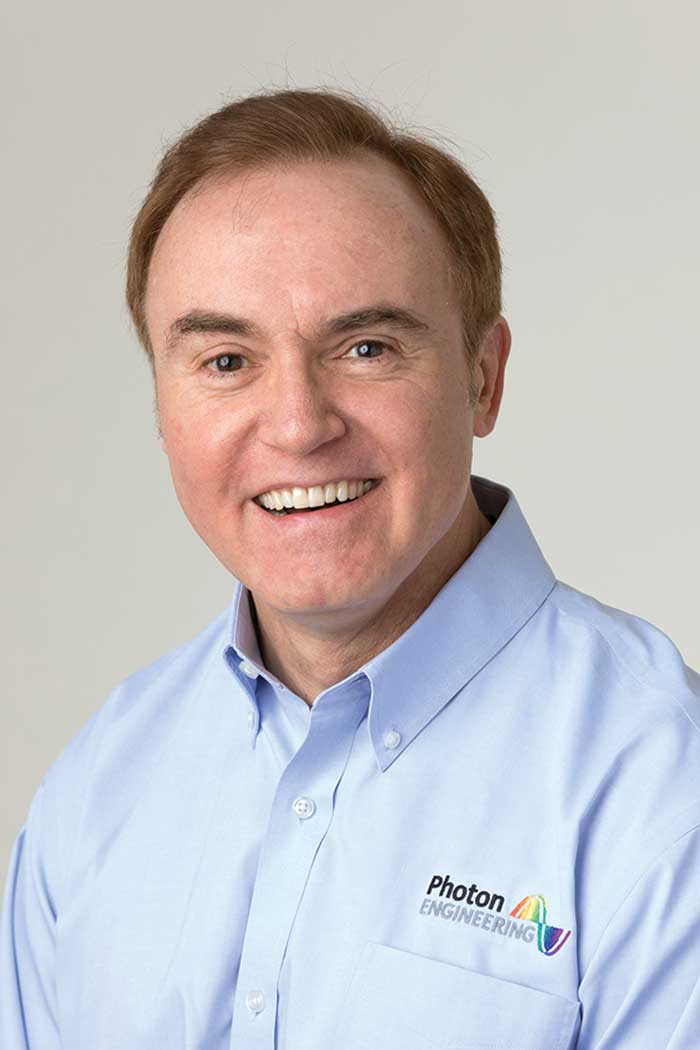
Richard Pfisterer today. Courtesy of Richard Pfisterer.
Obviously I’m biased about the importance of mentoring. I can honestly say that without Bruce, Dick Buchroeder, the late Bob Hilbert, Duncan Moore and the late Doug Sinclair, I would not be running Photon Engineering, designing optical instruments and writing professional optical software.
View the series of letters between Bruce & Richard below. Letters 4 and 8 are missing.
